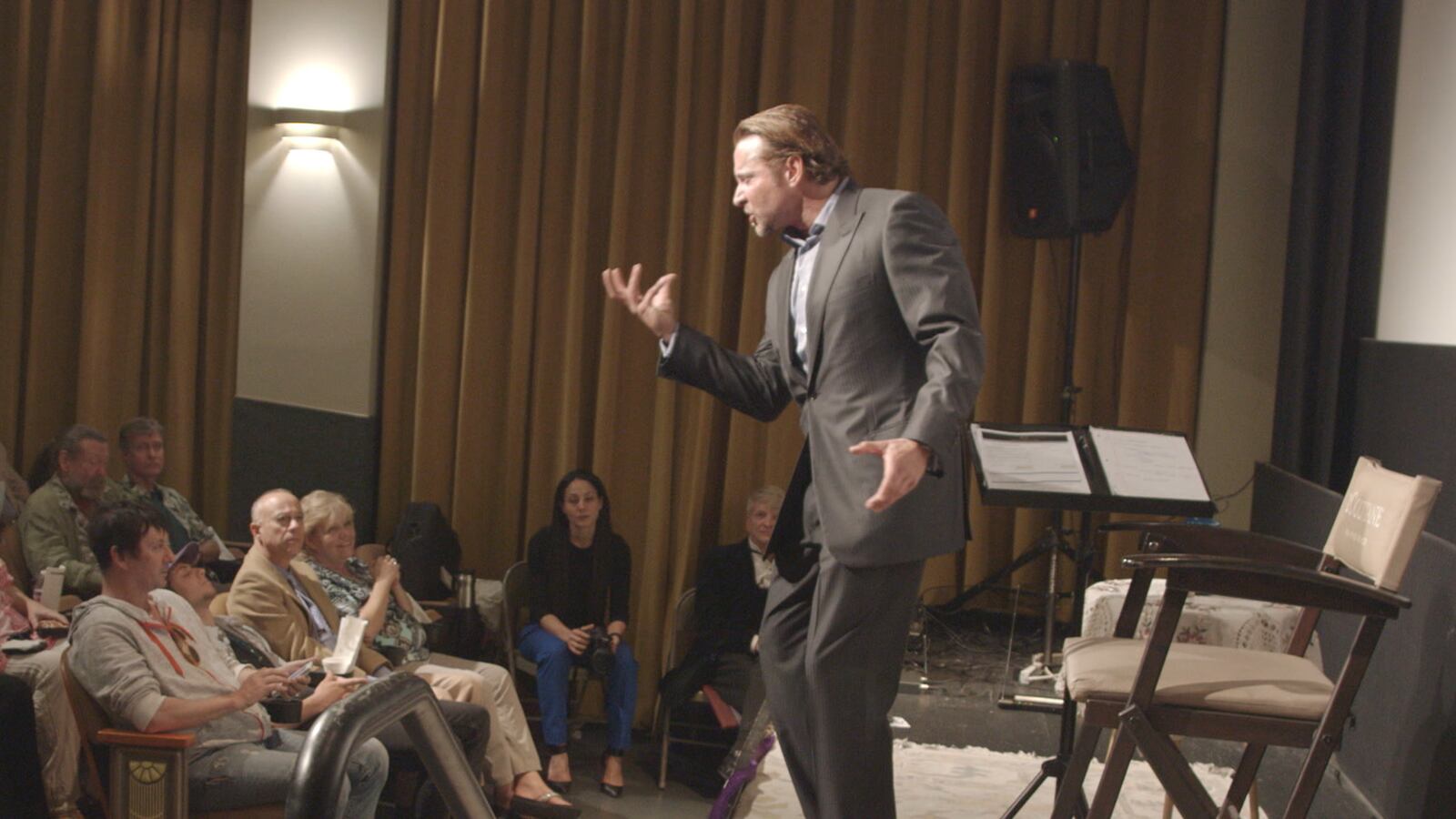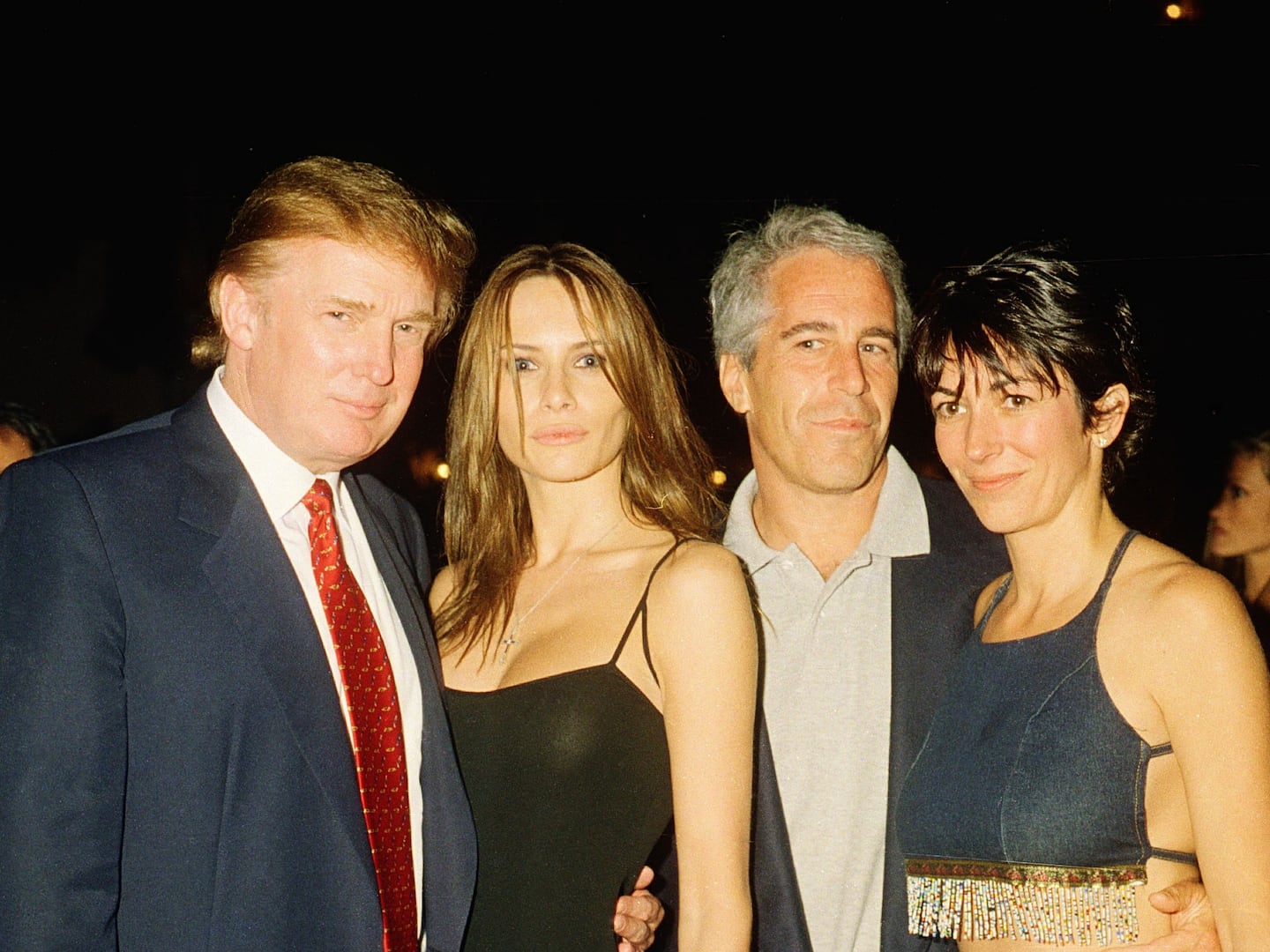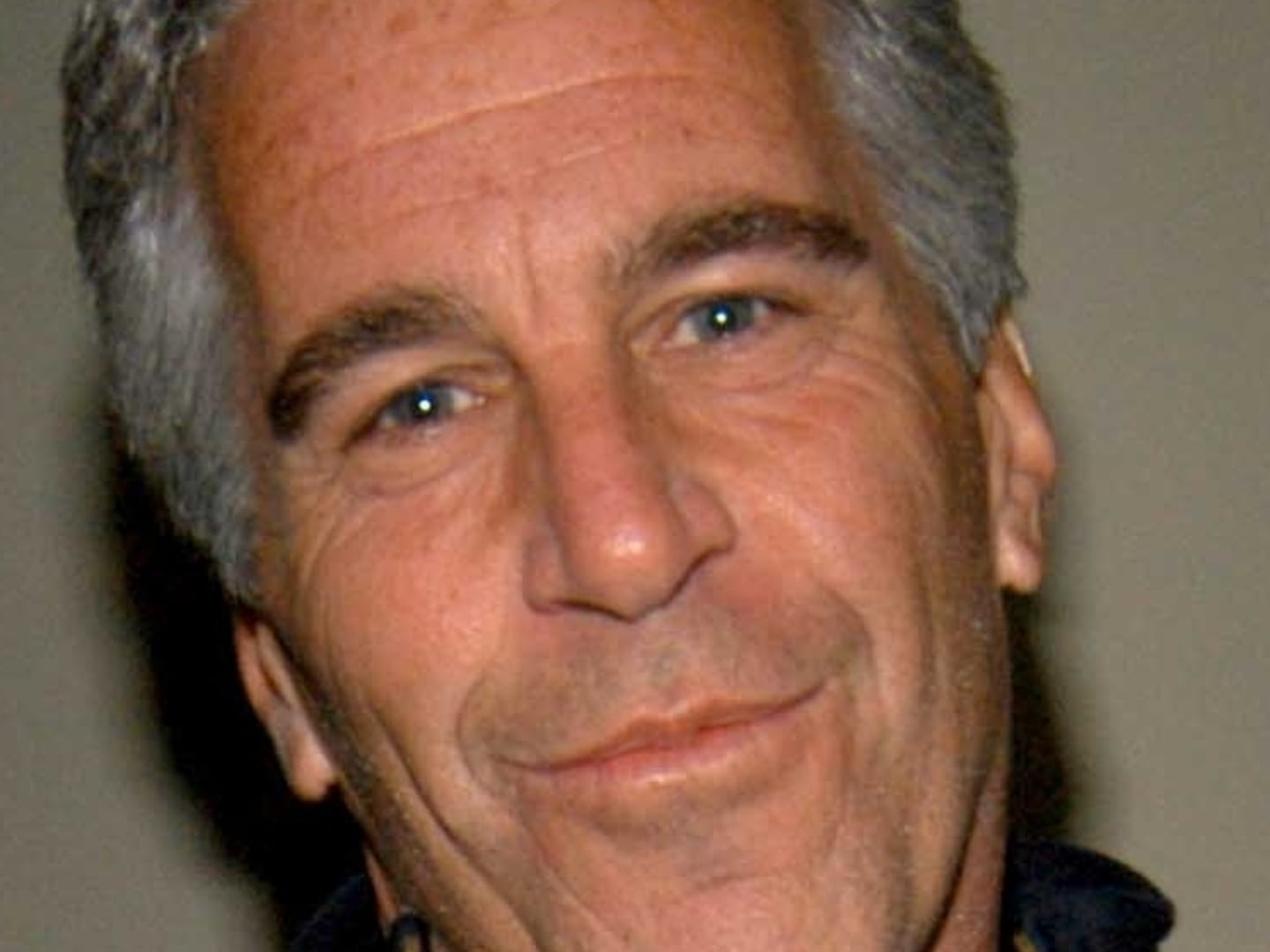Does James Arthur Ray think he’s a murderer?
In October 2009, more than 50 people traveled to a ranch near Sedona, Arizona, for a five-day “Spiritual Warrior” retreat with Ray, a self-help superstar at the time.
Many of Ray’s devotees had spent over $10,000 to participate in his most physically and emotionally challenging program, which promised them personal transformation.
There, they completed a series of exercises—shaving their heads; fasting; a Samurai Game—that Ray said would help them take their lives “to the next level.”
The final “catalyst” for transformation was a Native American-inspired sweat lodge ceremony—a symbolic death and rebirth, Ray told followers—where temperatures hovered around 200 degrees.
Beforehand, Ray warned that the “intense heat” would make them “feel like you’re going to die.” Several hours after participants entered the lodge, two were dragged out unconscious and declared dead when they arrived at the hospital.
A third who was struggling to breathe inside the lodge died from organ failure nine days later. Dozens more were hospitalized.
In 2011, two of them testified in a criminal trial that found Ray guilty of three counts of neglectful homicide but acquitted him of manslaughter. He was sentenced to two years in prison, but released after 18 months.
And no, he does not believe that he is a murderer. “There were times when I thought, was I so self-deluded that I didn’t see myself clearly? Maybe,” he said, in an interview with The Daily Beast.
Ray, now 58, is the subject of a new documentary at the Tribeca Film Festival, Enlighten Us: The Rise and Fall of James Arthur Ray.
Directed by Jenny Carchman—an award-winning filmmaker who produced Public Speaking, Martin Scorsese’s documentary about Fran Lebowitz—the film traces Ray’s life and career from awkward, introverted son of a charismatic Protestant minister to self-improvement guru endorsed by Oprah Winfrey.
Enlighten Us features never-before-seen clips from his wildly popular seminars, as well as interviews with a cast of characters that includes Ray’s former agent and four former devotees who were at the 2009 “Spiritual Warrior” retreat.

Much of the film focuses on Ray’s life after the sweat lodge tragedy as a once rich and renowned self-help leader who lost everything but his resolve to help people.
We see him gradually attempt to revive his career after serving time in prison, hosting seminars at devotees’ homes and in small hotel conference rooms. He entreats his guests to sign up for more extensive programs, but most of them decline.
Speaking to The Daily Beast by phone from his home in Los Angeles, Ray said that he still does group life-and-business coaching and is “available for appearances and presentations,” but is more focused on one-on-one work over the Internet, which gives him an “opportunity to teach worldwide.”
Ray has kept out of the media spotlight since he got out of prison, with the exception of an interview on Piers Morgan Live in 2014.
He was skeptical when, after he was sentenced, Carchman and her team approached him about doing a documentary, but said his defense attorney “felt good” about the filmmakers. (Carchman told The Daily Beast that they began interviewing Ray on camera in 2013, when he came out of prison, and only wrapped several months ago.)
“My main reason for doing the documentary is that I really want to be able to help people in their life,” Ray said. “I feel like if I’m able to turn around, then I can be better equipped to help others turn their lives and businesses around.”
While he’s tweaked his teaching style, the teachings themselves are still largely based on a blend of psychospiritual shamanism and quantum physics—the same tenets he espoused as a motivational speaker and spiritual guru who led three people to their death.
***
Ray married for religious reasons, he said, when he was 25 and was divorced two years later. This isn’t mentioned in the film, which focuses more on his turbulent relationship with his father. Ray was the eldest of two boys, and his father wanted him to be a minister like him, but Ray wanted to go into business.
After high school, he earned an associate’s degree at a community college in Tulsa and went on to work for AT&T as a telemarketer, climbing the corporate ladder to become a trainer at the AT&T School of Business in Atlanta, Georgia. At night he studied philosophy, psychology, physics, and physiology.
Ray discovered he was a good teacher and leader. Things fell into place more when he was asked to teach a program AT&T had licensed from Stephen Covey, a businessman and keynote speaker, based on his mega-selling Seven Highly Effective Habits of People.
“It was magical for me,” Ray said. “I realized that everything I was studying after-hours could be brought into the business place.”
Ray left AT&T to start his own business called the Quantum Consulting Group, then moved to San Diego, where he began keynote speaking and working for Herbalife and other pyramid scheme companies.
He struggled financially until 2006, when he appeared in the movie The Secret about “the law of attraction” and how positive thoughts translate to positive things in one’s life. The film became an Oprah-approved book that has sold 19 million copies and been translated into 46 languages.
In Enlighten Us, Ray becomes teary-eyed when recalling the day that Oprah asked him to appear on her show. He was attractive, charismatic, and telegenic—so much so that agencies began knocking on his door to get him his own show.
He published a book in 2008, Harmonic Wealth: The Secret of Attracting the Life You Want, and was declared “the next big thing in the highly competitive world of motivational gurus” in a fawning Fortune magazine profile.
Ray told me he’s always been attracted to ancient religions and spiritual traditions and has studied most of them. He pored over books like the Tao Te Ching and the Tao of Physics while in prison, particularly during the six weeks he spent in solitary confinement.
He also read works by philosopher James Allen, a “classic in mindset and thinking in an empowering way.”
Before his fall from grace, Ray hoped to become the next Tony Robbins—but with a New Age twist. He had few credentials beyond what he had taught himself, yet his followers never questioned them. If he was good enough to be featured in The Secret, they figured he had to be the real deal.
***
In Enlighten Us, Ray’s former followers—including one older couple who didn’t renounce him entirely after the sweat lodge deaths—describe how he empowered his devotees by pushing them to uncomfortable limits.
Video footage from his keynote speeches and seminars shows how Ray orchestrated “breakthroughs,” from coaxing a woman to sing “O, Canada” in front of hundreds of people to encouraging people to break plywood with their fists and bend rebar on their necks.
While he sometimes rewarded followers with hugs, his confrontational leadership style was often more aggressive and bullying, particularly as devotees climbed his personal growth pyramid. (“Spiritual Warrior” was at the top.)
The more prominent he became in the self-help world, the more he listed toward the extreme. At one point in the film, Ray says the sweat lodge experience at his annual “Spiritual Warrior” retreats was, in his mind, “no different than a marathon.”
Enlighten Us hints that Ray had become increasingly reckless in the years leading up to the 2009 sweat lodge disaster, but doesn’t dive into specific incidents previously reported in the media.
In a 2014 investigative feature, The Verge reported that, in 2005, one man became “irrational and violent” after spending nearly four hours in the lodge. Ray “refused to call 911, and argued loudly” with the owner of the ranch when she called an ambulance to take the man to the hospital.
According to court documents, two people hired to manage Ray’s sweat lodge ceremonies testified in trial that participants had previously passed out and exhibited other symptoms of heat stroke, like vomiting.
The Verge also noted that a woman committed suicide during one of Ray’s programs in 2009, jumping to her death from the fourth story of a San Diego shopping mall.
When I asked about the incident, Ray said he had assigned a “resourcefulness exercise” to a group of followers that involved dressing up like homeless people and trying to get a meal at a shopping mall without paying for it.
“The intention was to give them some rapport with people who are in that state all the time,” he said. He had not met the woman personally before the event and was “shattered” when he received a call that she was dead.
“I don’t want to talk about all the details because I don’t know them for sure, but she was obviously an unhappy individual,” he told me. “It’s heartbreaking. I don’t believe those things happen in an instant. They build up over time.”
Towards the end of Enlighten Us, we see Ray admitting responsibility for the sweat lodge deaths while lecturing a small group of people.
“The case that ensued set legal precedent,” he stresses, remarking that it was “the first time in the history of America that consenting adults participated willfully in a legal activity... An accident occurred, and it was prosecuted as a crime.”
After this qualification, he says: “Doesn’t matter. I am responsible.”
Ray echoed this sentiment during our conversation, though not without qualifications suggesting he wasn’t the only one who screwed up. There was a doctor in the sweat lodge, he said.
“But it was on my watch. It was my activity. It was my event. Ultimate responsibility rests on the CEO of any company, whether it’s BP or Enron. That’s a heavy cross to bear and I still don’t take it lightly to this day. I think frequently, ‘What could I have done differently?’ I own the fact that things were missed, but I wish they hadn’t been. I wish I knew that something was going horribly wrong.”
In the film, a participant in the ceremony said she’d alerted Ray that a woman, Liz Neuman, was having trouble breathing (she was declared dead once she reached the hospital), when Ray snapped back: “Liz has done this before.”
Did the other woman’s concerns not indicate that something was horribly wrong?
“I do remember saying that Liz had done this many times before and she knew what she was doing, and I truly believed that,” Ray conceded, though he insisted the same participant who alerted him testified in the trial that Neuman “said she didn’t need to go.”
He said he was on the other side of the lodge from where the two other participants who died were sitting. The doctor, however, “was sitting right next to them.
“It’s incredibly sad, and here’s what exacerbates the sadness: Everyone was so emotionally high going into the exercise because it had been a tough week and they’d had some really great breakthroughs. I’ve told myself more times than I can count: If I had just ended the retreat then, life would have been so much different. Three people I really cared about would still be here, possibly.
“But life is hard. It kicks you hard. You can’t continue to live in the ‘What if?’ You have to ask yourself how you’re going to learn and grow from the experience. That’s my great wish for everyone.”
Ray then told me a story from the Bhagavad Gita, the ancient Hindu text which he read several times in prison, about Arjuna and Krishna.
“Arjuna’s having this internal battle about going to war and how he’s supposed to love his fellow countrymen, and at one point Krishna says to him, ‘You are who you are.’”
He paused, then went on:
“It’s folly to reject your identity, so stand up and take the action that you know you must take. Part of the traditional personal development arena—and I want to tread lightly here because I have utmost respect for this arena—paints a picture that you always have to be positive. But sometimes life just kicks you in the teeth. You have to embrace it and figure out how you can turn around.”






